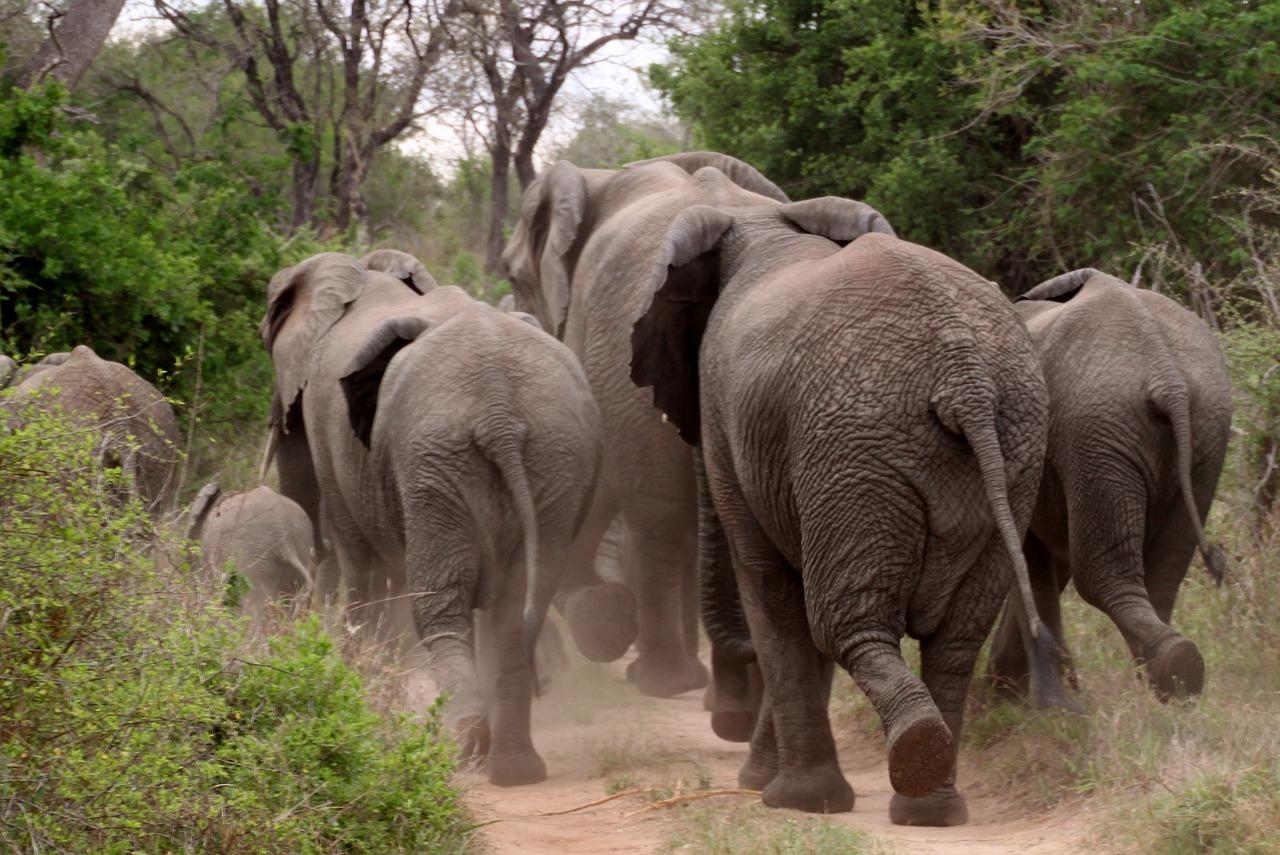Where To See The Big Five In Southern Africa
Witnessing the Big Five in their natural habitat is an awe-inspiring encounter that many consider a once-in-a-lifetime opportunity and a prominent item on their bucket list.
Author:Iram MartinsReviewer:Tobey StricklandJul 07, 20233.1K Shares85.6K Views

Witnessing the Big Fivein their natural habitat is an awe-inspiring encounter that many consider a once-in-a-lifetime opportunity and a prominent item on their bucket list. These magnificent creatures, renowned and iconic in Africa, hold a special place in the hearts of wildlife enthusiasts, offering an exhilarating and unforgettable experience.
Nevertheless, it is vital to acknowledge that the Big Five are not the sole captivating animals found in Southern Africa. The region boasts a plethora of other captivating and enthralling species. Furthermore, when engaging in wildlife viewing, it is crucial to approach it with respect, responsibility, and prioritize the well-being and safety of these creatures above all else.
Ultimately, whether encountering the Big Five is deemed a bucket list moment depends on an individual's interests and priorities. Some individuals may be captivated by the allure of spotting rare and elusive species, while others may prioritize cultural experiences or outdoor adventures.
The term "Big Five" originates from the historical reference to the five most challenging and perilous animals to hunt on foot in Southern Africa.
But who exactly are the Big Five?
African Elephant
The African elephant, the largest land animal in the world, is an iconic and easily recognizable inhabitant of Southern Africa. These majestic creatures inhabit various habitats, ranging from dense forests to expansive savannahs.
African Lion
As the largest of the African big cats and a formidable predator, the African lion captivates with its majestic presence and distinctive mane. Lions roam the savannahs and grasslands of Southern Africa.
African Leopard
The African leopard, a highly adaptable big cat known for its stealth and exceptional climbing abilities, thrives in diverse habitats, including forests, savannahs, and mountains.
African Buffalo
The African buffalo, a robust and unpredictable creature, congregates in herds throughout Southern Africa. Renowned for their aggressive behavior, these animals can pose a threat when provoked.
African Rhino
The African rhino, an endangered species symbolizing conservation efforts in Southern Africa, comprises two distinct species: the black rhino and the white rhino.
While the term "Big Five" historically denoted game animals sought after for trophy hunting, it now predominantly encompasses wildlife conservation and tourism. These remarkable creatures are highly sought-after by tourists embarking on safaris in Southern Africa, and observing them in their natural habitat is widely regarded as an extraordinary and singular experience.
Where can one encounter the Big Five in Southern Africa?
The following are some notable locations:
- Kruger National Park in South Africa stands as one of the world's most renowned and beloved wildlife reserves, harboring all of the Big Five.
- Adjacent to Kruger National Park, Sabi Sands Game Reserve offers luxury lodges and unparalleled opportunities for up-close encounters with the Big Five.
- In Zimbabwe, Hwange National Parkis home to vast herds of elephants and buffalo, as well as lions, leopards, and rhinos.
- Chobe National Park in Botswana boasts a substantial elephant population and is a sanctuary for lions, leopards, buffalo, and diverse wildlife.
- Etosha National Park in Namibia offers visitors the chance to spot the Big Five and other animals around its illustrious Etosha salt pan.
- Situated in the Kalahari Desert, Kgalagadi Transfrontier Park hosts lions, leopards, cheetahs, and other predators, alongside large herds of springbok and antelope.
These examples represent only a fraction of the numerous locations in Southern Africa where the Big Five can be observed. It is crucial to bear in mind that while witnessing these awe-inspiring creatures in the wild is a magnificent experience, it is imperative to respect their space and maintain a safe distance at all times.

Iram Martins
Author

Tobey Strickland
Reviewer
Latest Articles
Popular Articles